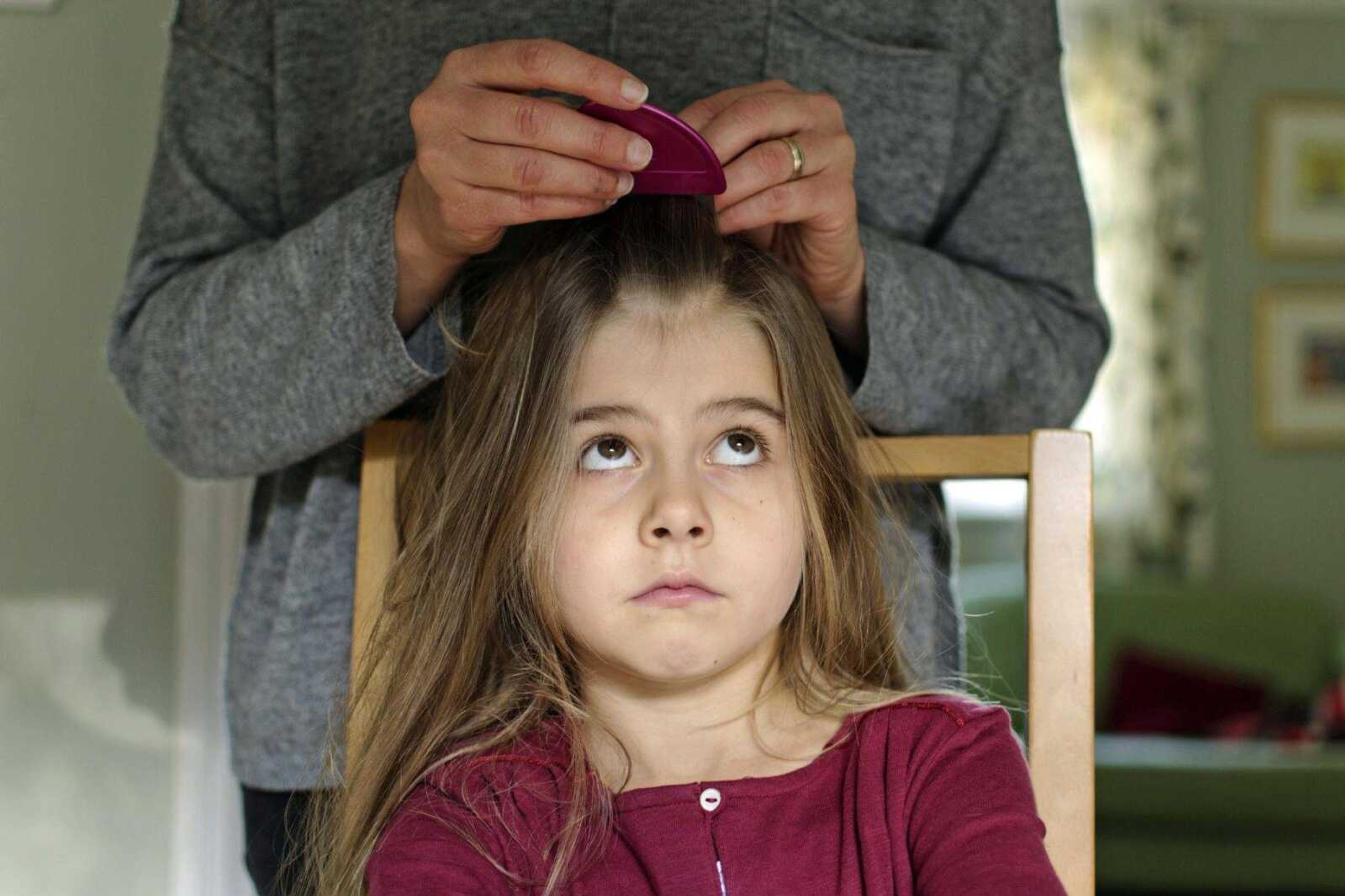Don't bug me: Tips for preventing and battling super lice
Plenty of common childhood ailments are heavy on "ick factor," no matter how harmless they really are. Few experiences, however, have the power to gross out parents quite so thoroughly as learning their child has head lice. And now, the pests that have been around since humans first grew hair (translation: forever) have mutated into "super lice" that are resistant to standard, over-the-counter, pesticide treatments...
Plenty of common childhood ailments are heavy on "ick factor," no matter how harmless they really are. Few experiences, however, have the power to gross out parents quite so thoroughly as learning their child has head lice. And now, the pests that have been around since humans first grew hair (translation: forever) have mutated into "super lice" that are resistant to standard, over-the-counter, pesticide treatments.
The Centers for Disease Control and Prevention say anywhere from 6 million to 12 million children ages 3 to 11 get head lice each year. Now, super lice have spread into at least 25 states, according to researchers at Southern Illinois University -- Edwardsville. The bugs have developed a specific mutation that allows them to resist pyrethroids, the most common type of pesticide used in over-the-counter lice treatments.
"Head lice are inconvenient and itchy, but basically harmless," says Dr. Tanya Altmann, a pediatrician. "Still, just the idea of parasitic insects feasting on their child's blood is enough to put many parents into a panic. When they learn the treatments their own parents relied on may not work for their children, parents can feel like they're fighting a losing battle."
However, it is possible to beat the super bugs, experts agree. A two-step process that addresses treatment, re-treatment and prevention of re-infestation can help families live lice-free.
Spotting the problem
Parents may not immediately realize their child has head lice, especially if they've never encountered the problem before or didn't have lice themselves as children. Additionally, super lice do not look any different from regular lice, making it harder to identify them. Common symptoms of head lice include itching, complaining of a tickling feeling as if something is moving in the hair, difficulty sleeping (since lice are most active at night), irritability and -- in severe cases -- sores caused by scratching.
A visual inspection of your child's hair can help. Look for small white "flakes" near the base of the hair follicle -- these are the lice's eggs, commonly called "nits." You can tell the difference between nits and flakes very easily; gently brushing your fingers over the hair will dislodge dandruff, but nits will stay put because they're cemented to the strand of hair.
Nymphs -- young lice -- are very difficult to see, and fully grown adult lice are about the size of a sesame seed. Look for evidence of nits around the ears and at the nape of the neck.
Treating head lice
Start with an over-the-counter treatment. The Nix Ultra 2-in-1 Lice Elimination System is a nontoxic over-the-counter remedy designed to kill both traditional and super lice, as well as their eggs. The two-part kit contains a metal comb designed to remove lice and eggs, and a solution of mineral oil and dimethicone to help make comb-outs easier. It's recommended that you repeat the treatment in about seven to 10 days, which is about how long it would take any missed eggs to hatch, Altmann says.
Prevention tips
"Head lice can happen to anyone and it's rare that a family will never encounter the problem at least once during their child's elementary school years," Altmann says. "But you can take steps to reduce the risk of head lice spreading from child to child."
Lice spread through direct head-to-head contact, so discourage children from literally putting their heads together. Avoid sharing hats or soft hair accessories like bows and hair ties, pillows, towels and blankets that could help lice spread.
If someone in your household does get lice, parents should wash all clothing, linens and toys used by the infected person in hot water or through dry cleaning; lice can only live 24 to 48 hours away from their food supply.
"The good news is, you can treat head lice effectively," Altmann says. "Lice can't swim, fly or hop and they don't spread disease. And, to further put your mind at ease, you can't get head lice from or give them to your family pet."
Connect with the Southeast Missourian Newsroom:
For corrections to this story or other insights for the editor, click here. To submit a letter to the editor, click here. To learn about the Southeast Missourian’s AI Policy, click here.









